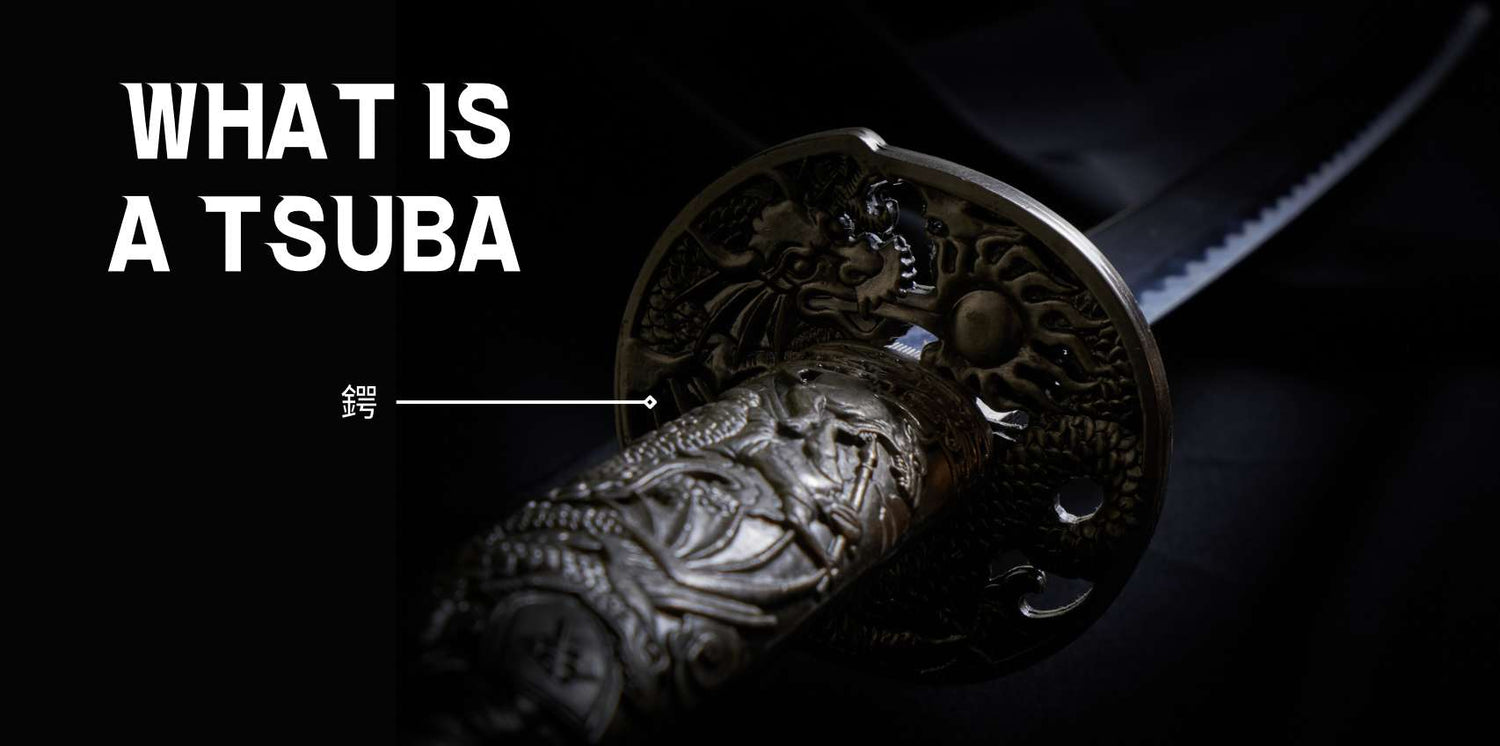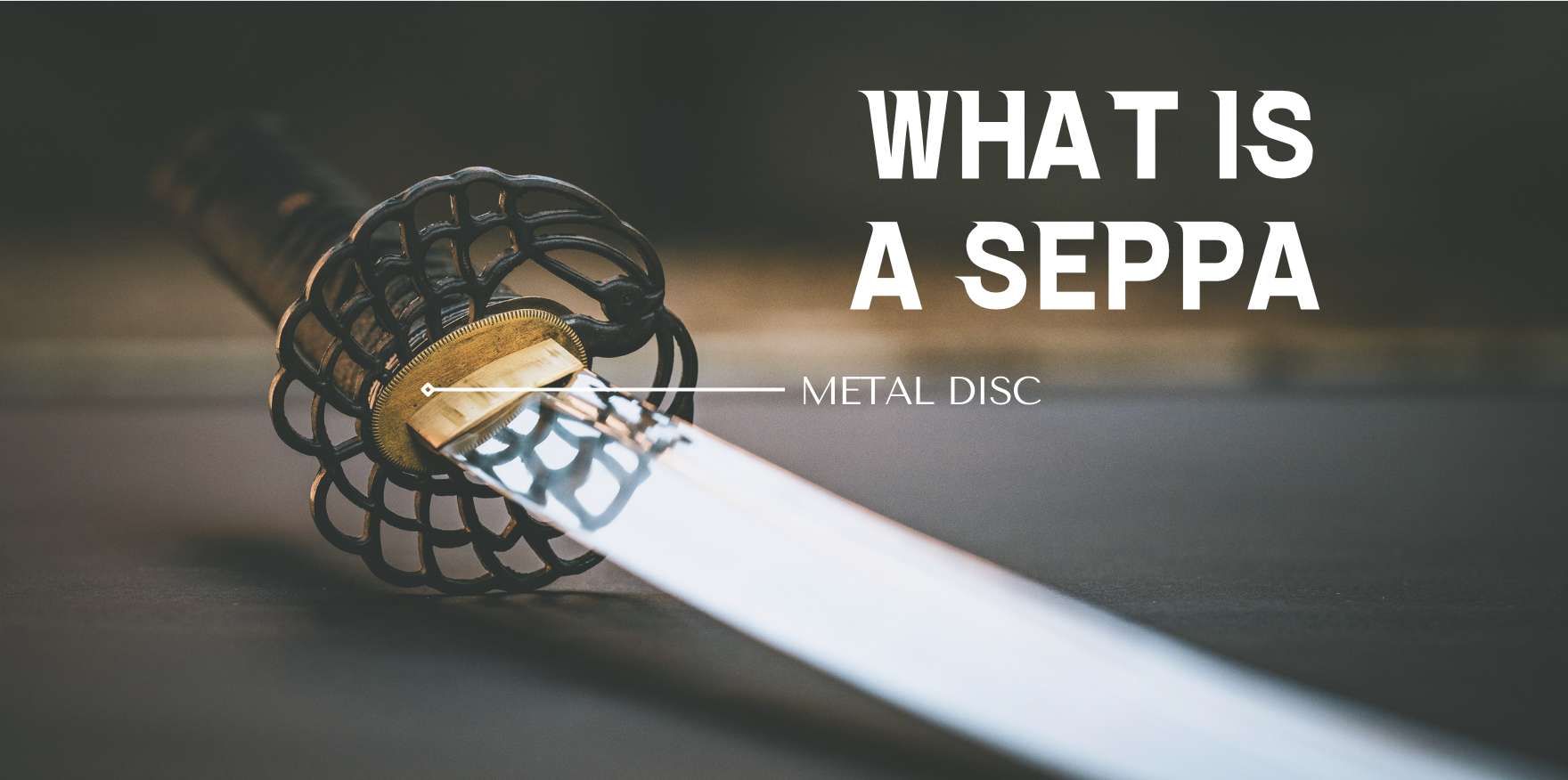What is tsuba

Tsuba (鍔) is the Japanese term for the sword guard positioned between the blade and the handle (or tsuka) of a katana. This circular or sometimes squarish component serves a crucial role in protecting the wielder's hands from sliding onto the sharp blade during combat.
More than just a safety feature, tsuba is also an expression of art and status, often adorned with intricate designs and made from a variety of materials including iron, copper, brass, and occasionally gold or silver.
The tsuba is attached to the sword by two small metal rings called the seppa. The seppa help to keep the tsuba in place and also act as a barrier between the blade and the handguard.
What is the tsuba size
The size of the tsuba must be appropriate for the sword it will be used with. The size of the tsuba is crucial for efficient swordsmanship. An undersized tsuba poses a risk of damage or loss during the heat of combat.
Conversely, an oversized tsuba can impede a secure grip on the sword, possibly leading to the weapon sliding out of its sheath unintentionally. The diameter of a typical tsuba fluctuates between 2 and 4 inches, while its thickness measures between 0.12 and 0.20 inches.
Tsuba types
There are several forms of tsuba, each with its own distinct design. The round tsuba (maru gata), which has a round or oval form, is the most frequent variety. Frequently encountered tsuba shapes also encompass the square-shaped Sumi Kiri Gata, the rectangular, and the hexagonal variants. Additionally, there are less typical tsuba forms like the Ryo Mokko Gata, the Aoi Gatta, as well as more unconventional shapes, for instance, the crescent or heart-shaped tsuba.
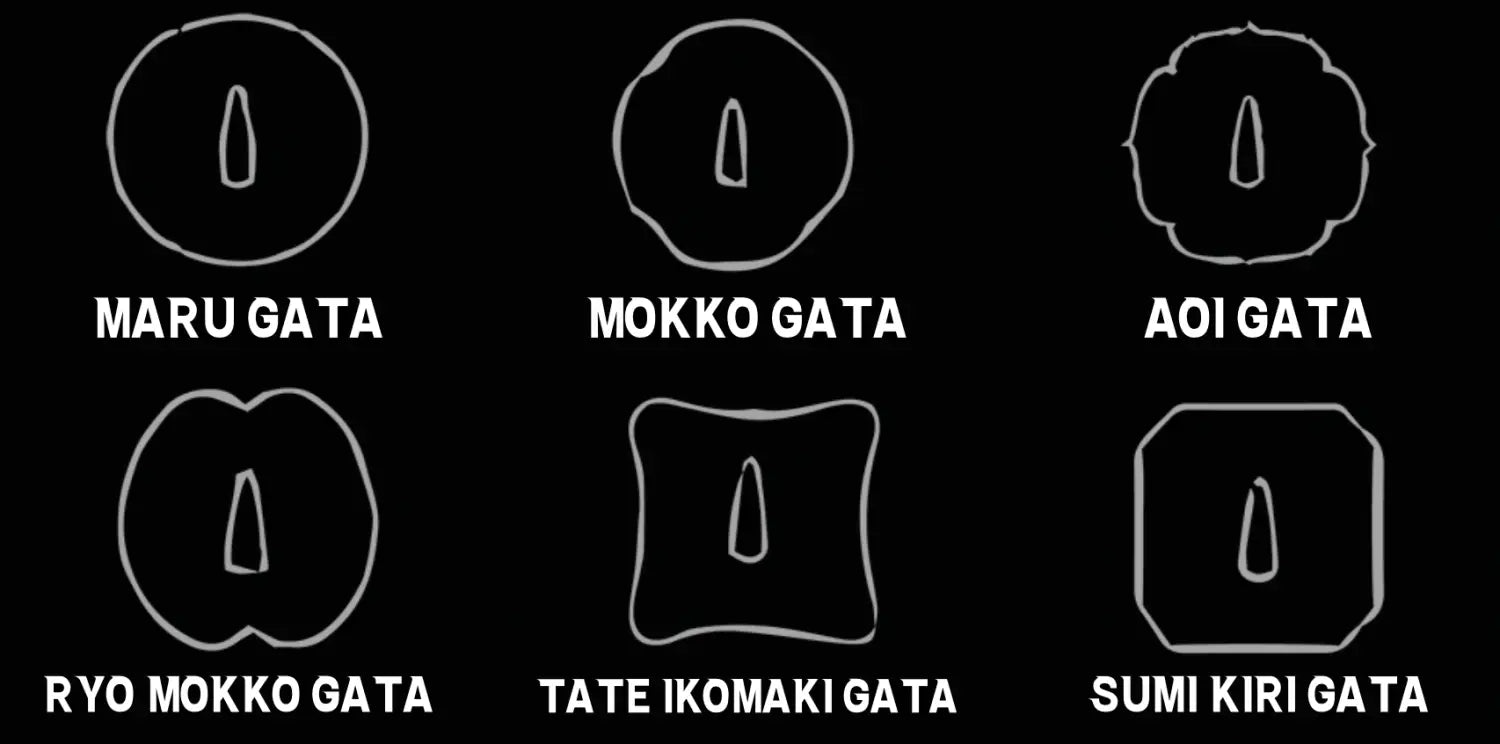
What is a katana without a tsuba called
A katana without a tsuba is often referred to as an Aikuchi. This style of mount is usually seen in shorter swords like tanto or wakizashi and is favored for its sleek, streamlined appearance. However, its lack of a handguard requires additional care during use.
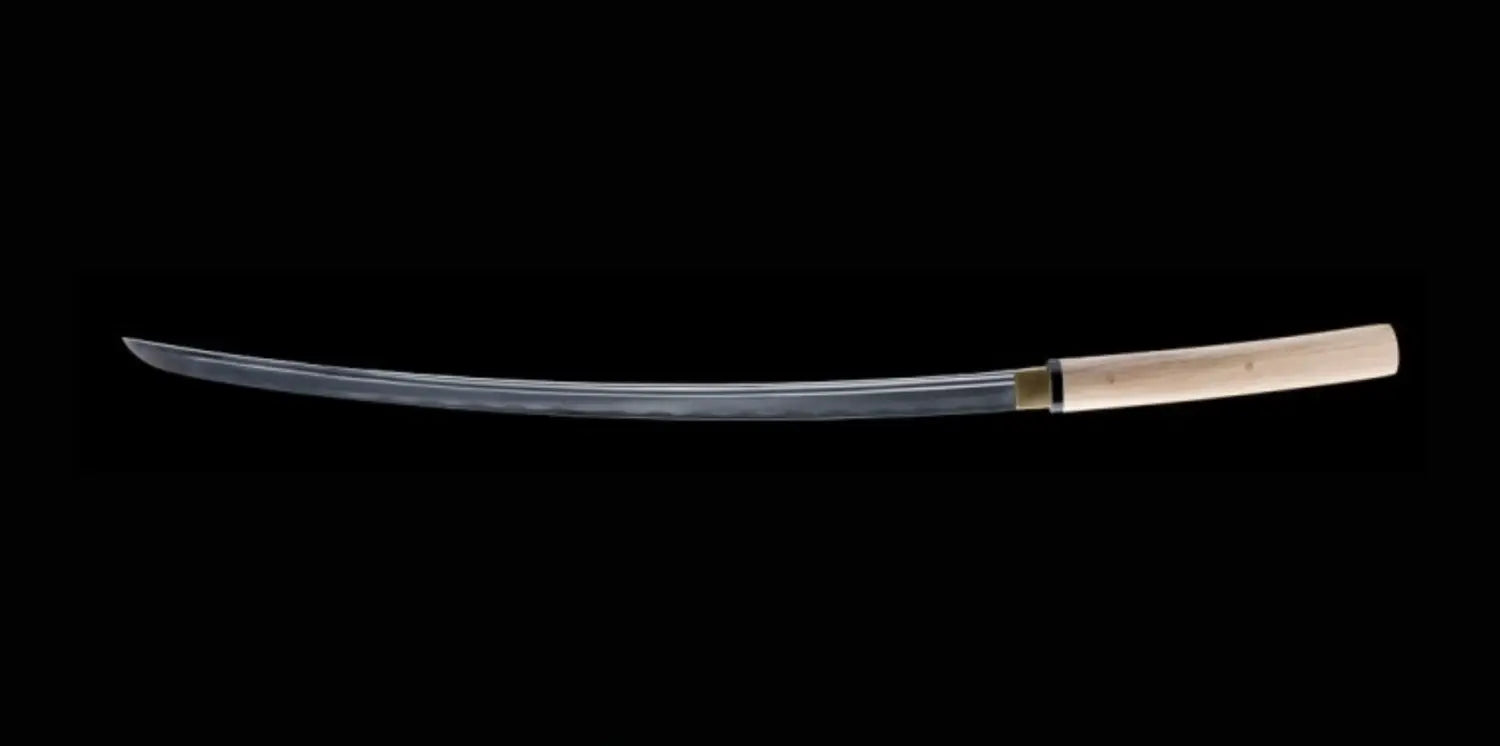
Katana tsuba designs
The designs found on tsuba are diverse, ranging from simple geometric patterns to complex landscapes and mythological creatures. The design not only contributes to the aesthetic appeal of the katana but also often holds symbolic significance, representing the samurai's beliefs, desires, or the aesthetic inclinations of the period.
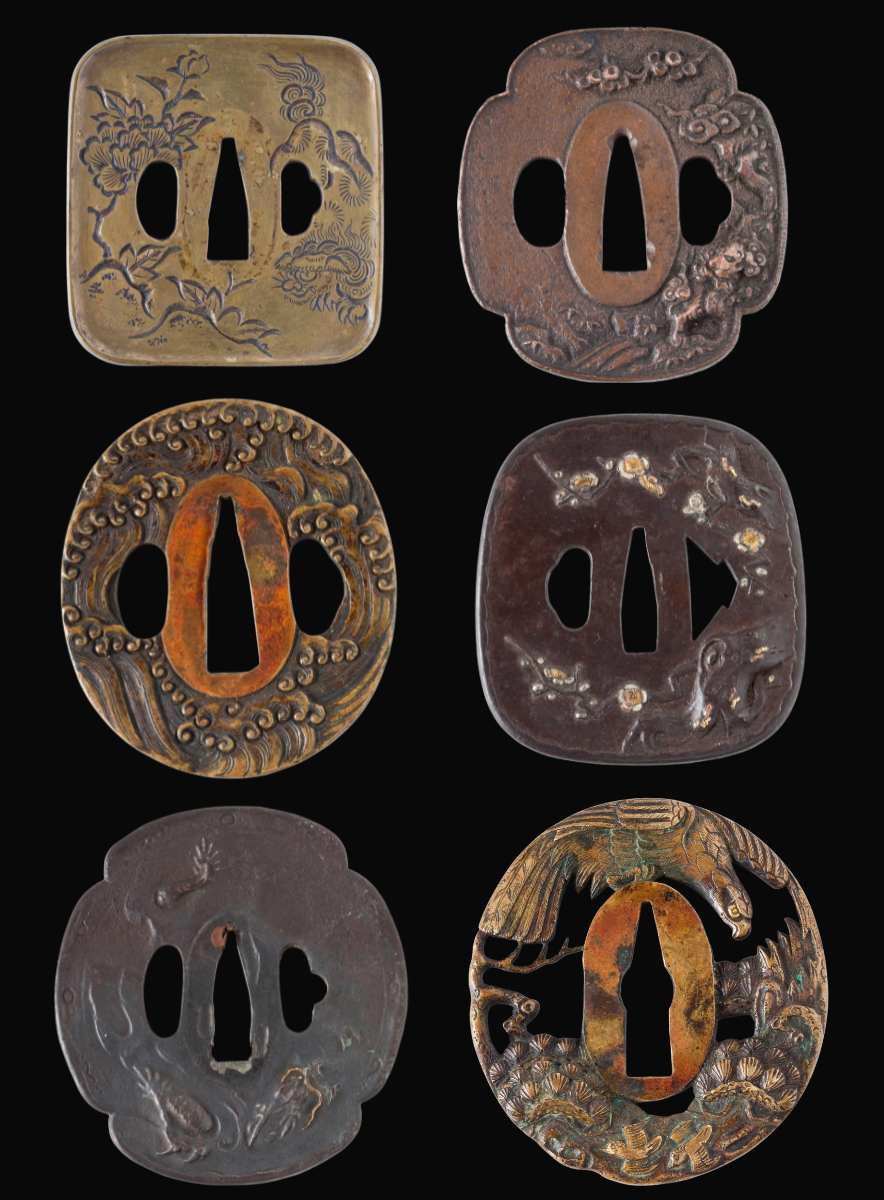
To sum-up:
- The tsuba is the handguard of a katana, providing safety for the wielder.
- The tsuba is between the seppa and the fuchi of the sword
- A tsuba measures between 2 to 4 inches in diameter.
- There are diverse tsuba types, including Maru Gata, Mokko Gata, Aoi Gata, Ryo Mokko Gata, Tate Ikomaki Gata, and Sumi Kiri Gata. A katana without a tsuba is an Aikuchi



